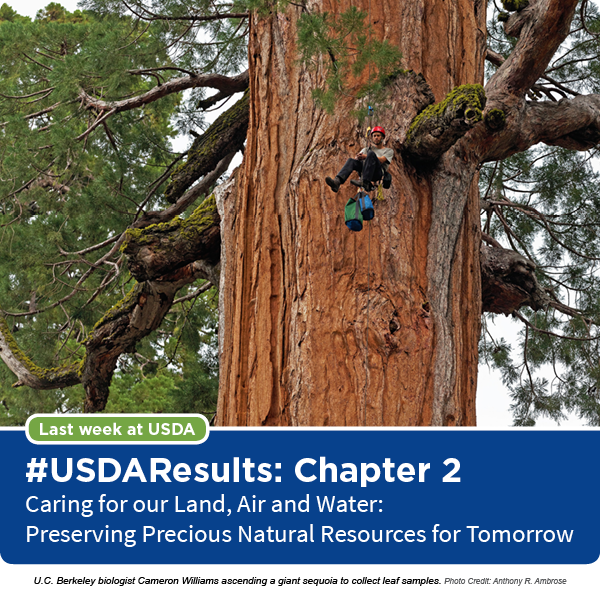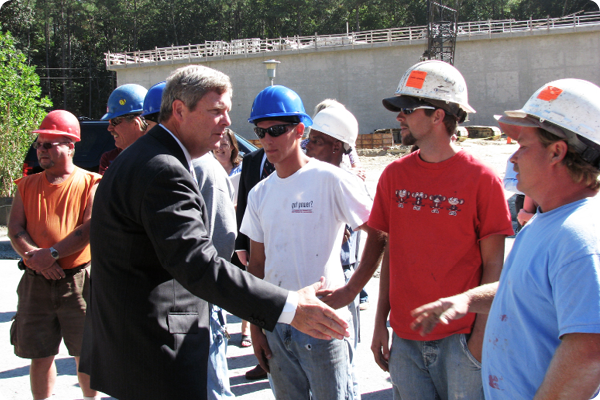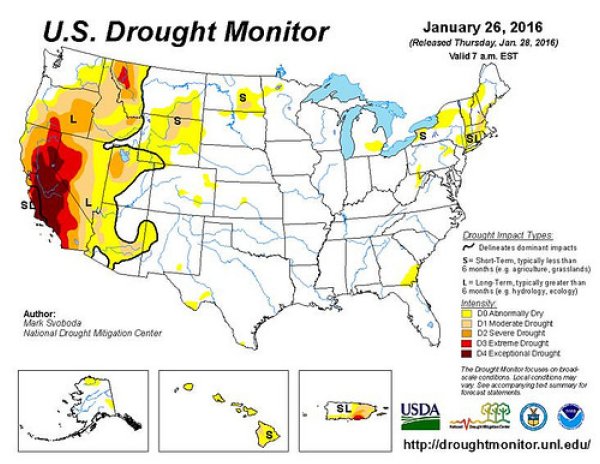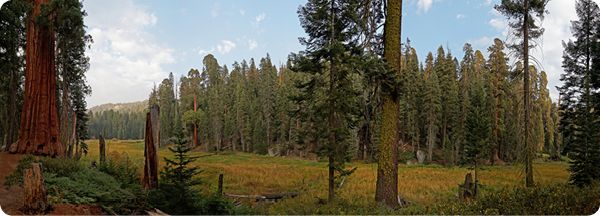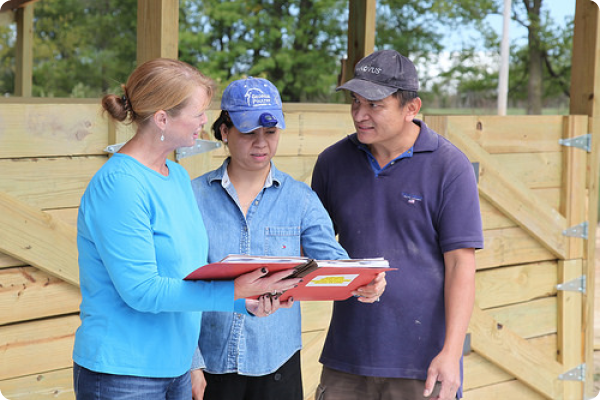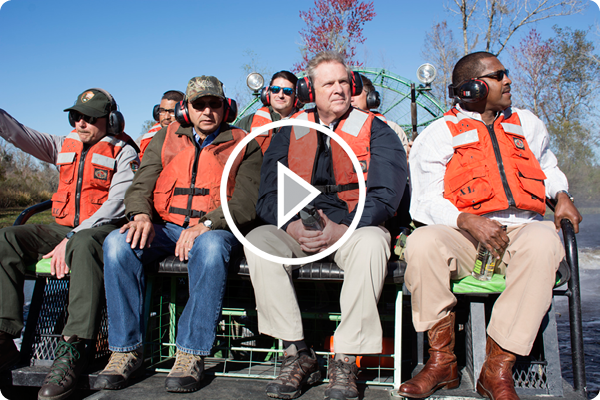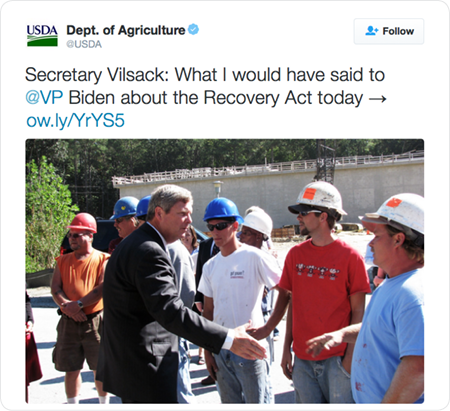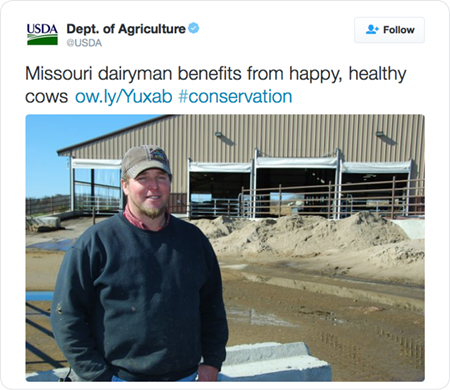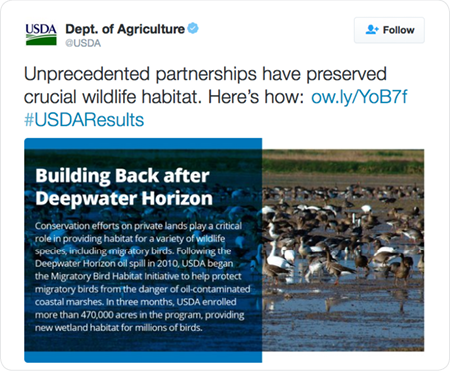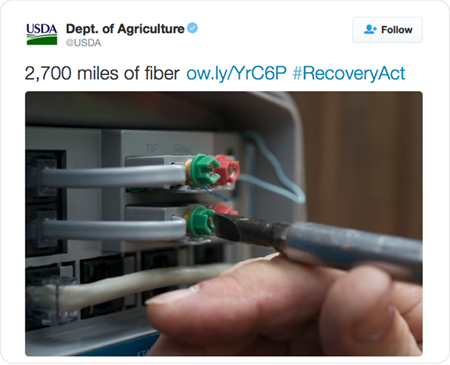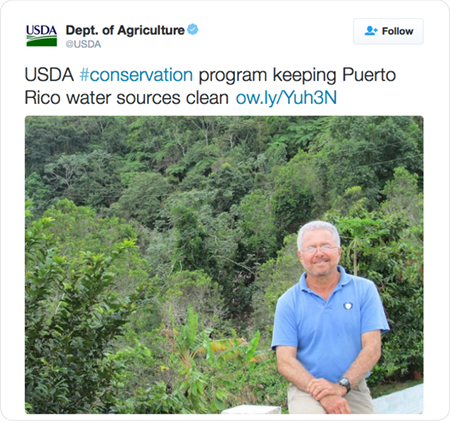Having trouble viewing this email? View it as a Web page.

The U.S. bio-economy is modernizing. And since 2009, USDA has embraced a wide array of investments that help our country build a robust and sustainable 21st century economy, while boosting our energy independence and helping us address resource management and the growing threat of climate change.
On the seventh anniversary of the American Recovery and Reinvestment Act, read Secretary Vilsack's Medium post on its impacts in rural America.
Dr. Koon-Hui Wang, University of Hawaii, discusses the national Conservation Innovation Grant on Cover Crop Calculator for the Tropics and how the calculator can help farmers estimate the nitrogen contribution from cover crops.
Public-Private Partnerships: A Forum Focus Teamwork can improve virtually any endeavor, from partnering with a neighbor by exchanging butchered meat for hay to feed the rest of the herd or simply sharing a ride to save on gas. The result is usually savings and efficiency. New Statistics Help Guide New Farmer Programs Farmland is one of the most precious resources we have in this country. After all, it’s what we rely on for our food, fuel, and fiber. Local Food Systems at Work in the Driftless Area So called because it was left untouched by retreating glaciers that flattened much of the Midwest, the Driftless Area of northeast Iowa, southwest Wisconsin, and bits of Minnesota and Illinois is home to more than just beautiful rolling hills. USDA’s Economic Research Service (ERS) recently released its Farm Income forecast for 2016. In 2010, Scott County, Tennessee, languished at a 21 percent unemployment rate, not unusual for rural areas. By early 2015, that rate had halved. USDA Conservation Program Keeping Puerto Rico Water Sources Clean Moises Velez-Santiago understands the important role farming can play in protecting water quality for Puerto Rico’s 3.5 million residents. He’s been farming on the island nearly three decades. Broadband Access in South Texas For over 15 years, Valley Telephone Cooperative, Inc. provided its customers in the southernmost part of Texas with broadband service. Neighboring communities, however, lacked access to high-speed Internet. That changed seven years ago this week when Congress passed and President Obama signed the American Recovery and Reinvestment Act of 2009. Missouri Dairyman Benefits From Happy, Healthy Cows Polk County dairy farmer Nelson Hostetler can think of a ton of reasons to like his new dairy shed and animal waste system. The most obvious reasons are documented in Hostetler’s daily production log. What I Would Have Said Today to Vice President Biden about the Recovery Act Some days being a Cabinet member, you have to be flexible. Today is one of those days. Giant Sequoia Trees Face “Drying” Times “A mature Giant Sequoia can use 500-800 gallons of water every day during the summer,” said Anthony Ambrose, a tree biologist at U.C. Berkeley. “That’s a lot of water necessary for just one tree.” Innovation in the Tropics Helps Farmers Conserve Resources and Improve Soil Health Farmers in the Tropics needed a better tool to estimate the nitrogen contribution from cover crops to reduce their commercial fertilizer rates. USDA’s Economic Research Service (ERS) recently released its Farm Income forecast for 2016. Consumer Demand Bolstering Organic Production and Markets in the U.S. Organic food sales in the United States have shown double-digit growth during most years since the 1990s, and this trend shows no sign of slowing. Conservation Partnerships Improve Illinois River Thanks to conservation partnerships, two segments of the Illinois River are off Arkansas’s impaired waters list. Surface erosion and agricultural activities along the river caused high levels of turbidity – or water haziness. New Report, USDA Climate Hubs Offer Help to Address Forest Drought in the U.S. Drought patterns have always fluctuated and are expected to become increasingly dynamic in the years to come, making managing working lands profitably more of a challenge. Because specific actions for building resilience to drought vary with location and forest type, USDA is helping land managers connect with experts and find region-specific information and tools through the USDA Climate Hubs.
Scope of Regional Conservation Partnership Program Is Wide Broadcast Date: Tue, February 16, 2016 Chances Getting Slimmer for "Normal" California Water Situation Broadcast Date: Wed, February 17, 2016 A Look Ahead Ten Years at Farm Income Broadcast Date: Thu, February 18, 2016 A New Insurance Tool For Growers Transitioning To Organic Broadcast Date: Thu, February 18, 2016
Vilsack visits Moncks Corner, meets with landowners (Berkeley Independent) The view magnificent, a trek from Yvonne Cooper-Carter’s back door to the edge of the family-owned land lined with trees is a short one. U.S. Secretary of Agriculture, Tom Vilsack arrived in the Moncks Corner area Friday to meet with Cooper-Carter after announcing funding for a public-private conservation effort helping African-American landowners maintain and manage their forests. USDA Agriculture Secretary Tom Vilsack Releases Statement Regarding Research Showing Improvement in Ethanol Production Efficiency (Biofuels Journal) Agriculture Secretary Tom Vilsack today released a statement on two recent research reports supported by USDA focused on ethanol and other renewable fuels, one published by USDA's Office of the Chief Economist and another published by the University of Missouri: "These research reports demonstrate, once again, that America's renewable energy industry has quickly expanded and evolved since President Obama's administration embraced an 'all-of-the-above' energy strategy beginning in 2009. Saving America's forests one wooden high-rise at a time (E&E News) If the invention of steel forged the high-rise, the iconic building's future may be pine. This fall, the future will be under construction in the United States. A 12-story high-rise built primarily of wood is set to go up in Portland, Ore., like giant Lincoln Logs extending more than 100 feet into the air. When finished, the project named Framework will be the tallest building in the country to be constructed with a promising engineered wood material, cross-laminated timber. Federal researchers work to create honeybee gene bank (Associated Press) Federal researchers are working to perfect the process of freezing the cells of honeybee embryos in hopes of protecting the insect species amid the pests, disease and pesticides that have been killing off its populations. U.S. Department of Agriculture officials hope to build a gene bank to store sperm and embryos from bees, preserving bee genetics for future generations, in way that’s commonly done for humans and most domesticated animals. “As near as we can tell the honeybee is the only domesticated species that does not have a sperm bank or a germplasm repository,” said cryobiologist Joe Rinehart.
|

